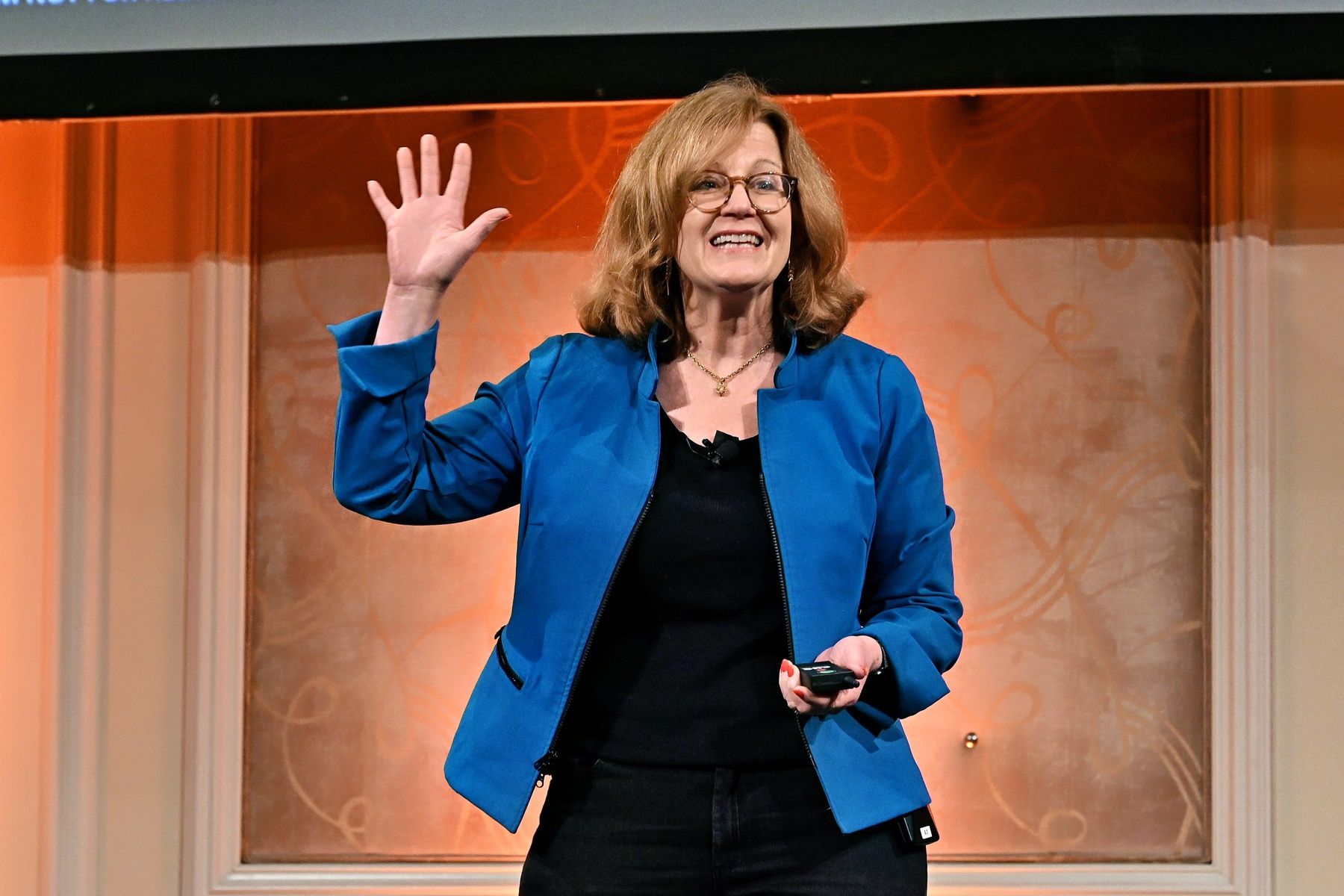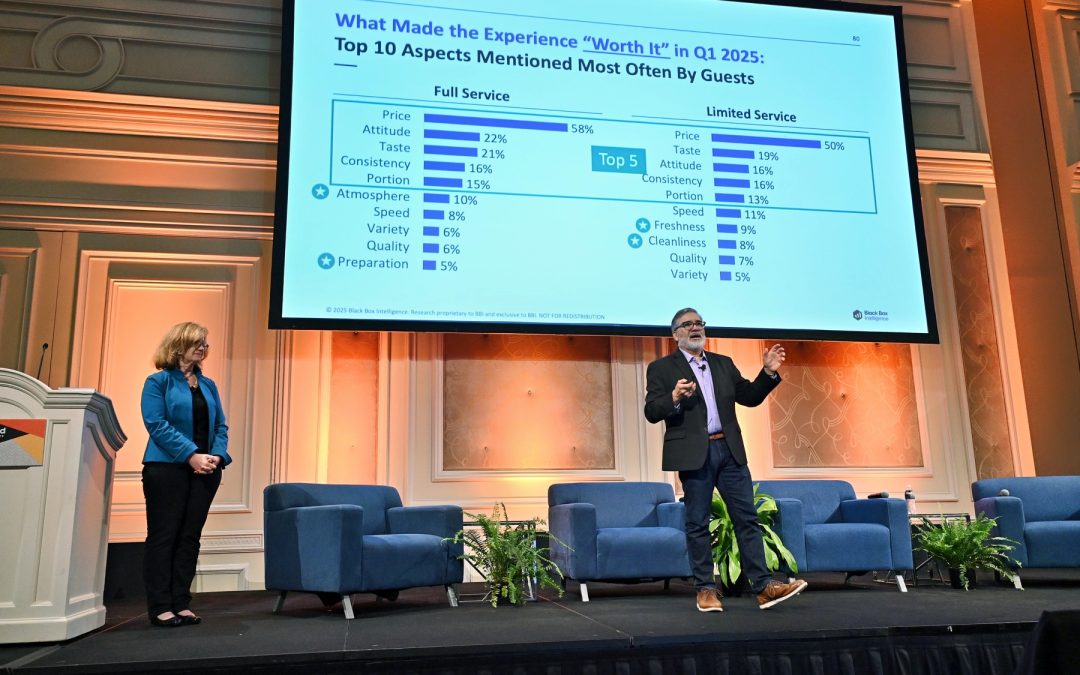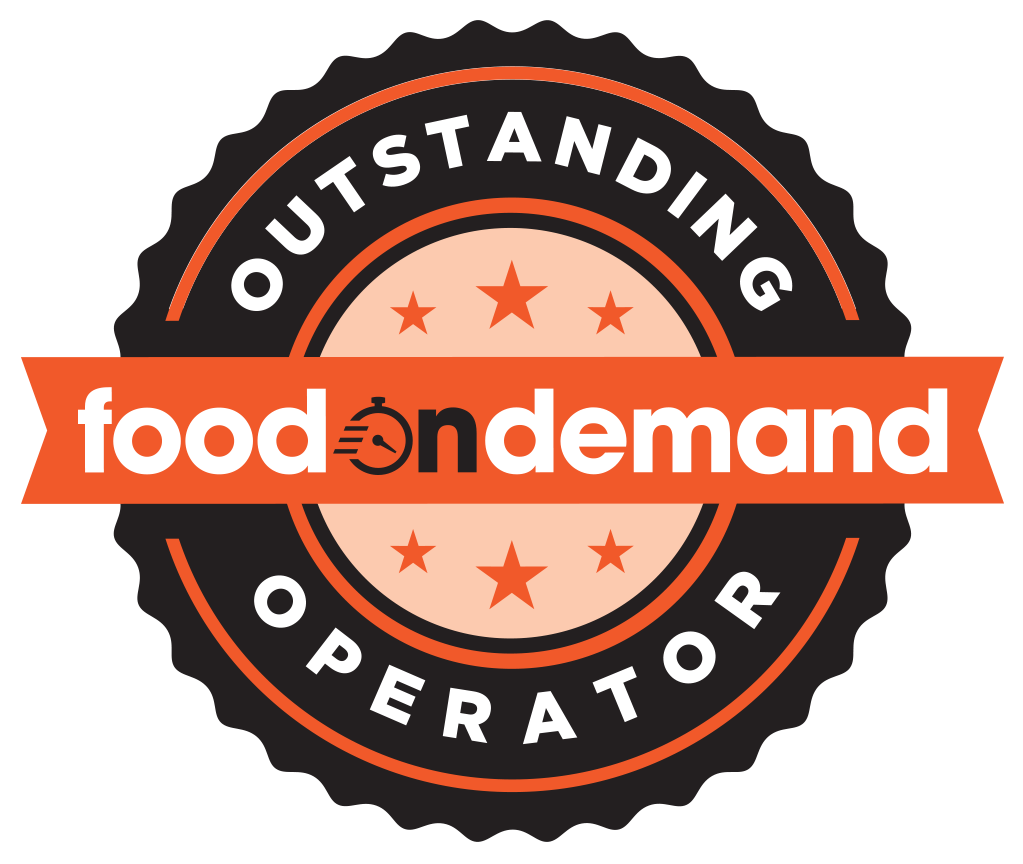The year ahead may be a challenging one for restaurants, as macroeconomic variables indicate less than promising forecasts.
Victor Fernandez, chief insights officer at Black Box Intelligence, shared predictions with an audience at the 2025 Food on Demand Conference Monday. Fernandez was joined on stage with consultant Lisa Miller to break down their findings on where the restaurant industry is going based on their surveys and data analysis.

Victor Fernandez, chief insights officer at Black Box Intelligence
Fernandez said the industry had a downturn in February, noting a drop in consumer sentiment based on inflation expectations and overall pessimism regarding jobs and prices. After looking at disposable income growth, consumer spending growth, overall inflation and the unemployment rate, Fernandez said a tough trend is likely to continue.
“It isn’t going to be the strongest year for restaurants,” Fernandez said. “All of those four variables have become more unfavorable in the last two months. Things have become more pessimistic, and economists have started using the recession word again. If we hit that, that’s when we go to the lower range of our forecast, unfortunately.”
According to Black Box’s research, which utilizes data from 180 brands, comparable traffic is expected to be down anywhere from 2.5 percent to 4.2 percent, with a mid-point being a 3.3 percent decline. Comparable sales could range from a 0.7 percent increase to a 0.7 percent decline, with another flat year predicted as the mid-point.
A flat year in sales would continue what happened in 2024; traffic last year declined by 2.8 percent. The traffic struggles, Fernandez said, reflect a longer ongoing trend.
“The reality is, traffic has been down for everybody,” Fernandez said. “It’s for a few reasons. One, there’s an oversupply of restaurants. If you look at the last five years, 39 states have had faster growth in restaurants than their population.
“The other is that food away from home has become more expensive,” Fernandez said. “Over the last 10 years, restaurant prices have gone up 49 percent, while groceries have risen only by 29 percent. Wages, meanwhile, increased by 45 percent, so restaurants have become less affordable.”
Miller’s findings, based on a monthly consumer survey of 1,000 respondents, tracks how willing customers are willing to spend. Her survey from March found 20 percent of Americans were spending as usual, while 38 percent of Americans were not spending because of economic fears. Miller said the gap between the two is the biggest since she began the survey following the pandemic.
“When joy is greater than fear, economic growth begins,” Miller said. “If fear is greater than joy, people don’t spend.”
With the potential of these headwinds, Fernandez consumers will likely trade down while value will continue to be something they look for.
“Guests are doing things to moderate their spending, from skipping appetizers to drinks or desserts,” Fernandez said. “In 2024, value has been driving behavior and we believe that sustains throughout 2025.”

Lisa Miller, president of Lisa W. Miller & Associates.
To get a clearer perspective on how guests are interpreting value, Black Box asked customers what the term meant to them by learning what made them think the price of an order was “worth it.”
For both limited service and full-service restaurant brands, customers listed price, attitude, taste, consistency and portion as the top five factors that made an order worth the cost. For full-service, 58 percent said price was the biggest factor, while it was 50 percent for limited-service establishments.
The second highest for full-service restaurants was attitude at 22 percent, while it was taste at 19 percent for limited. Taste was third for full-service restaurants at 21 percent, and attitude was third for limited-service brands at 16 percent.
“After price, it’s the attitude of the people they interact with, the taste of the food and the consistency of the experience, as well as the portion perception,” Fernandez said. “I say perception because it’s about matching the customers’ expectations.”
When asked what made a dining experience not worth it, customers again said the price. It was the highest factor for full-service restaurants at 61 percent, and for limited-service brands at 51 percent. The next highest issues making an order not worth the cost were attitude and accuracy issues.
“Price becomes even more important when things go wrong,” Fernandez said. “After that, it’s attitude. Customers really respond in feedback whether the experience with people was positive or negative, and then order accuracy. If a person is paying for food, it becomes even more important that the order reflects what I paid for.”
These factors, Hernandez said, become even more important with the prevalence of off-premises and delivery sales, which have both grown steadily since 2016.
“The coronavirus accelerated that, but it had already been going in that direction as people wanted their food in more places than just the four walls of a restaurant,” Hernandez said. “Delivery, as a channel, is still lower overall, but is still sizable. Though it’s still lower for full-service.”
Black Box’s data showed 18 percent of sales for full-service restaurants were off-premises in both 2023 and 2024, up from 12 percent in 2019. Limited -service establishments had 75 percent of its sales come from off-premise channels, up from 74 percent in 2023 and 44 percent in 2019.
Delivery sales for the full-service restaurants Black Box tracks were just 2 percent for both 2023 and 2024, an increase from 0 percent in 2019. For limited-service restaurants, delivery sales came to 12 percent in 2024, up from 10 percent in 2023 and 3 percent in 2019.
“The key thing to understand from this data is trust,” Miller said. “Trust is going to be the key for driving those numbers for businesses, whether customers are ordering through a first-party or third-party channel.”
The eighth annual Food On Demand Conference, which offers insights from key restaurant and foodservice players in mobile ordering, delivery, catering and technology, continues through May 7 at the Bellagio in Las Vegas.


